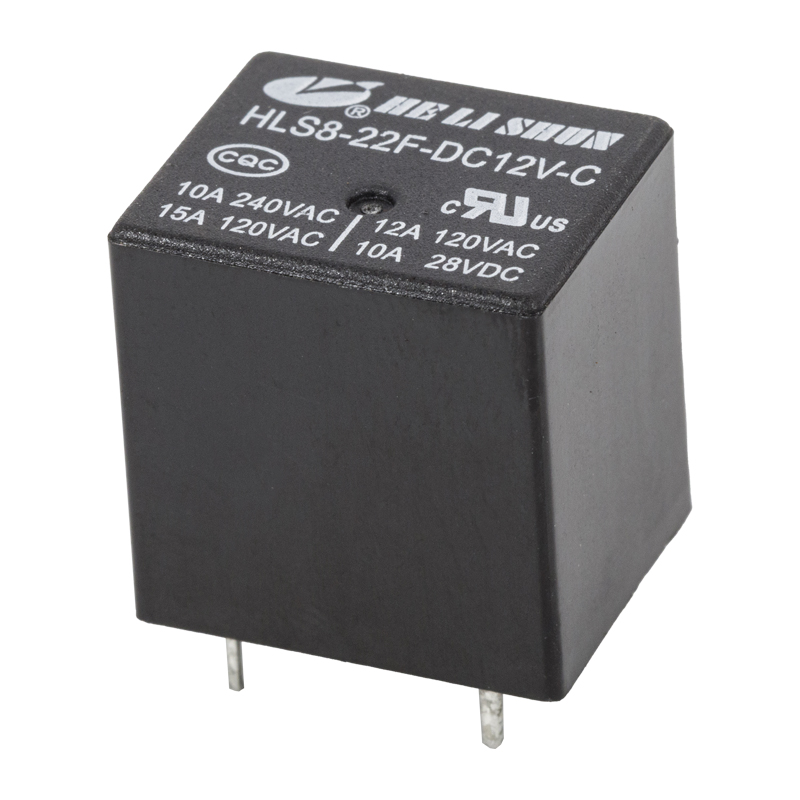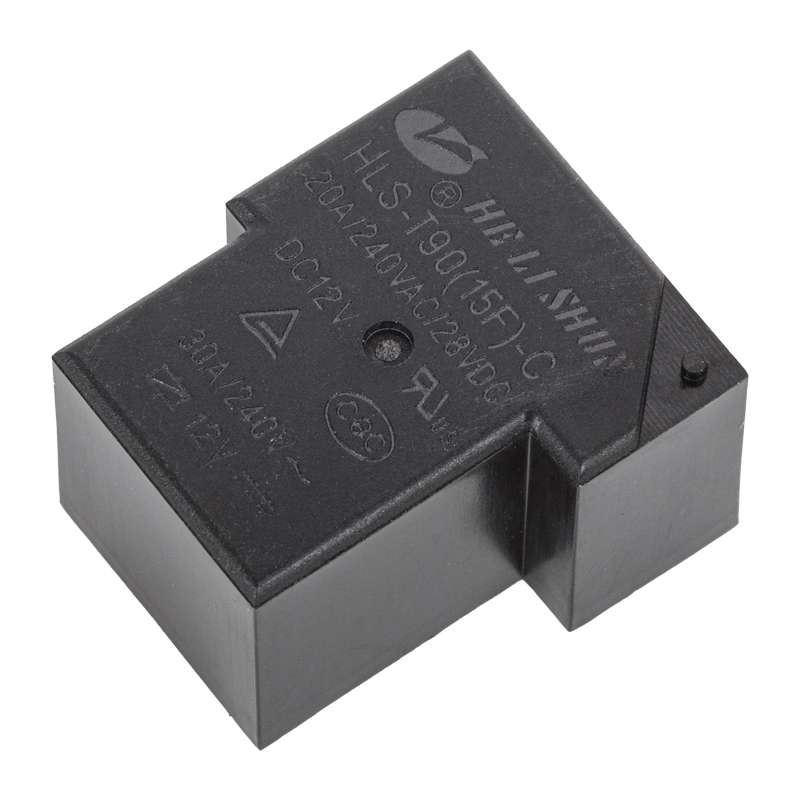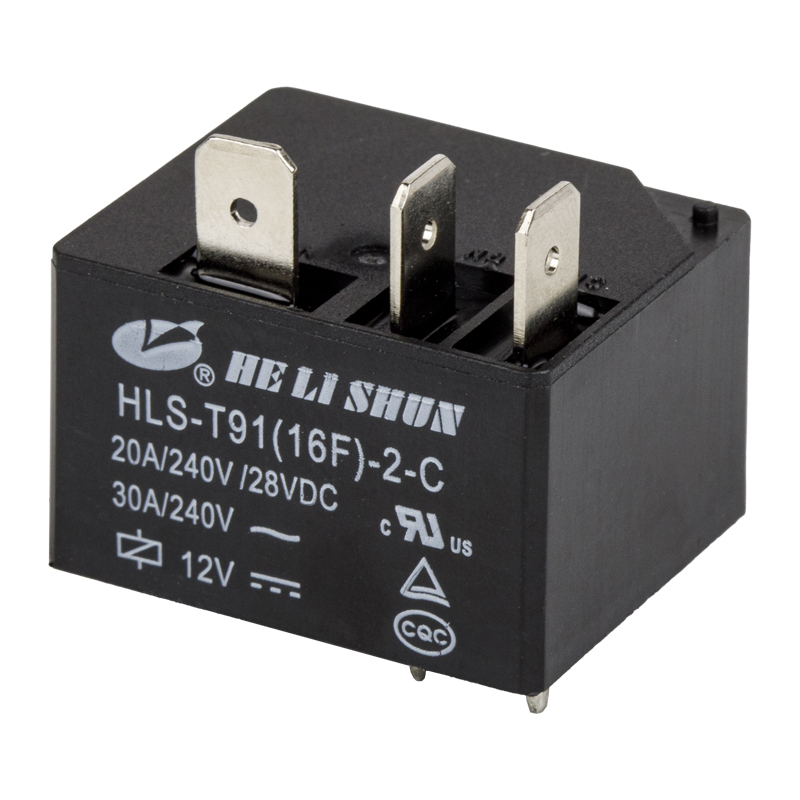After long-term operation, the wear of the contact material of a telecom relay will be affected by many factors, including operating current, load properties, environmental conditions, and the frequency of use of the relay. At the moment when the relay contacts are closed or opened, an arc may be generated. The high temperature of the arc will cause the contact material to melt, evaporate, or even splash, resulting in pits, bumps, and other morphological changes on the contact surface. This form of wear is called arc wear. Long-term operation will aggravate this wear, especially under high load or frequent operation conditions. At the moment of contact contact, if the current is large enough, a liquid metal bridge, i.e., a liquid bridge, may be formed between the contacts. Mechanical and thermal stresses will be generated during the rupture and reformation of the liquid bridge, resulting in wear of the contact material. In some cases, spark discharge may occur between the relay contacts, which will also cause wear of the contact material.
When the relay contacts slide relative to each other during closing or opening, sliding wear will occur. This wear is related to factors such as the material, surface roughness, and sliding speed of the contacts. At the moment when the contact is closed or disconnected, the contact material may be impact-worn due to the mechanical impact force. This wear will be more obvious in environments with large vibration or impact.
High temperature will accelerate the oxidation and corrosion of the contact material, reduce the hardness and wear resistance of the material, and thus aggravate the wear. Low temperature may cause the contact material to become brittle and increase the risk of fracture. A humid environment easily forms a water film or corrosion layer on the contact surface, increasing the contact resistance and accelerating wear. In some industrial environments, there may be corrosive gases, which will corrode the contact material, causing the material performance to deteriorate and accelerate wear.
For telecommunications relays using gold + silver alloy as contact material, due to its excellent conductivity, oxidation resistance and corrosion resistance, it has better wear resistance than other materials (such as copper alloy, pure silver, etc.). However, long-term operation will still cause a certain degree of wear. The specific wear situation needs to be evaluated and tested according to the actual use conditions.
In order to reduce wear and extend the service life of the relay, some measures can be taken to avoid overloading the relay to reduce the generation of arcs and liquid bridges. Use appropriate contact shapes and sizes to reduce sliding and impact wear. Keep the relay working environment clean, dry and at a suitable temperature to reduce the impact of environmental factors. Regularly maintain and inspect the relay to detect and deal with potential wear problems in a timely manner.
Web Menu
Product Search
Exit Menu
news
Home / News / Industry News / How does the contact material of a telecom relay wear after long-term operation?
How Can We Help You ?
We reaffirm the high quality service of "high quality, low cost", "integrity builds character, dedication to create quality" as the company's pursuit!
+86-0574-88473018 Contact UsHow does the contact material of a telecom relay wear after long-term operation?
Posted by Admin | 10 Sep
PREV:For applications that require frequent switching, what is the wear resistance of the silver alloy contact material of automotive relays?
NEXT:How does this power relay ensure stable operation in humid or changing climate conditions?
NEXT:How does this power relay ensure stable operation in humid or changing climate conditions?
Related Products
-
 Hehuaqiao,Yunlong,Yinzhou District,Ningbo,Zhejiang
Hehuaqiao,Yunlong,Yinzhou District,Ningbo,Zhejiang
-
 Tel:+86-0574-88473018
Tel:+86-0574-88473018
+ 86-0574-88344018 -
 Fax:+86-574-88345918
Fax:+86-574-88345918
-
 E-mail: sales@helishun.com
E-mail: sales@helishun.com
sales2@helishun.com
About us
Ningbo Helishun Electron Co.,Ltd. is founded in 2000, located at Ningbo City, the Grand East port on the coastline of the East Sea. We are OEM/ODM Electromagnetic Relays Manufacturers in China
Extra links
QR code
Copyright ? Ningbo Helishun Electron Co.,Ltd. All Rights Reserved. Electrical Relays Suppliers




 English
English 中文简体
中文简体











